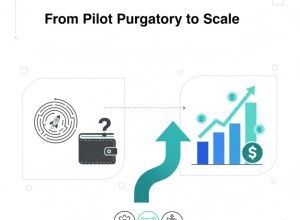UNS Anti-Patterns: How Good Intentions Create Data Swamps
Implementing a Unified Namespace (UNS) is not just about connecting everything — it’s about connecting things correctly. Without discipline and governance, even the best UNS initiatives devolve into data swamps: unmanageable topic trees, duplicate metrics, and nonstandard payloads that confuse every consumer.
Anti-Pattern #1: Every Engineer Creates Their Own Topics
When teams define topics independently, topic sprawl occurs. In one plant, “/line1/temp” might mean °C; in another, it’s °F. Use central templates and governance before granting publish rights.
Anti-Pattern #2: No Ownership Model
Without assigned topic owners, stale or incorrect data persists. Define who owns each namespace segment (e.g., maintenance, automation, or IT) and how updates are approved.
Anti-Pattern #3: Mixing Commands and States
Combining write commands and sensor states under the same topic leads to race conditions. Always separate them (e.g., /cmd vs /status).
Anti-Pattern #4: Ignoring Retained Message Policies
MQTT’s retained flag can become dangerous if misused — new subscribers may get outdated values. Use it only for static configuration or last-known-good states.
Anti-Pattern #5: Unbounded Hierarchies
Some teams keep adding sublevels (e.g., /enterprise/site/area/line/machine/component/sensor/tag). Excessive depth increases complexity and reduces searchability. Keep structures meaningful but flat enough for usability.
Case Example: Pharmaceutical Manufacturer
A pharma site deployed a UNS with no governance and ended up with 90,000 topics in 6 months — half redundant. After introducing naming policies and ownership control, the number dropped to 27,000 standardized entries.
Prevention Tips
- Define clear topic naming conventions.
- Assign ownership at each hierarchy level.
- Audit topic creation quarterly.
- Use Sparkplug B payloads for standardization.
Related Articles
- Sparkplug B vs Plain MQTT: What Manufacturers Actually Need
- Building an Enterprise UNS: Naming, Ownership, and Data Governance
- MQTT + Kafka + OPC UA: A Modern OT/IT Data Backbone
Conclusion
The Unified Namespace only works when it stays unified. Avoiding these anti-patterns ensures your UNS remains a single source of truth — not just another data lake with an MQTT logo.









































Interested? Submit your enquiry using the form below:
Only available for registered users. Sign In to your account or register here.